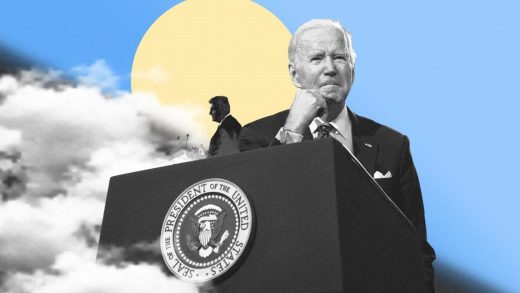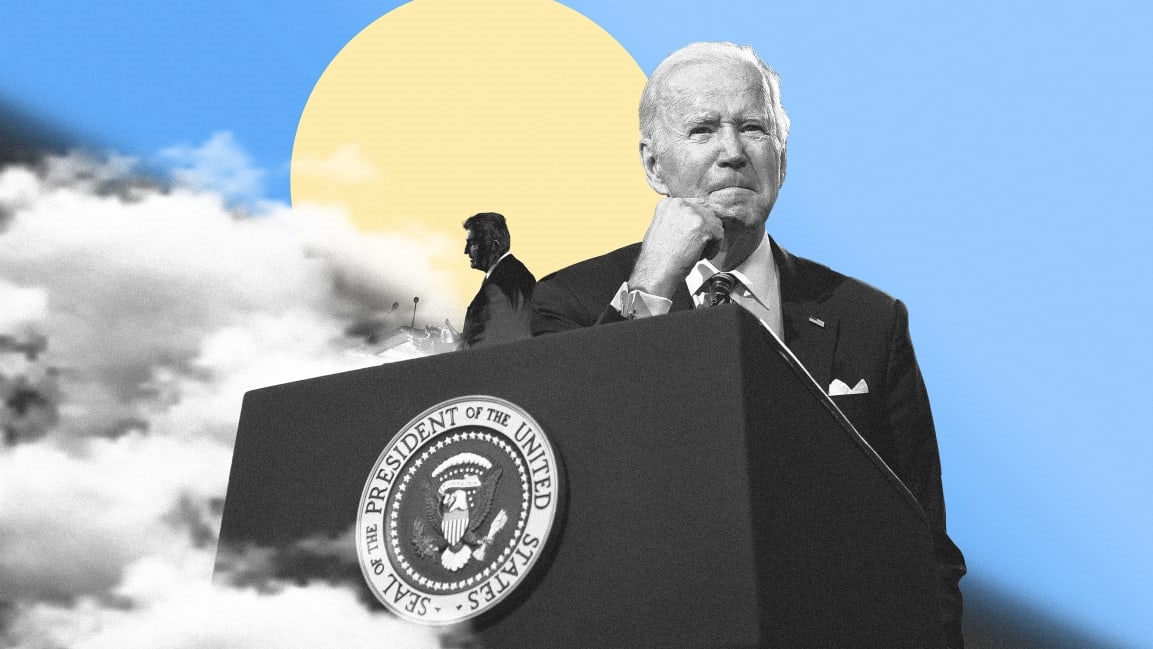Here’s what Biden can do on climate change without Build Back Better
West Virginia Senator Joe Manchin made nearly half a million dollars from his family’s coal business last year, received more donations from fossil fuel companies this campaign cycle than any other senator, and reportedly talks to Exxon Mobil lobbyists every week. So it perhaps wasn’t particularly surprising when Manchin announced that he wouldn’t vote for the Build Back Better Act, which contains billions for renewable energy and clean transportation and aims to help the world avoid the worst impacts from climate change.
Without Manchin’s support, the bill, which also includes support for universal pre-K and better access to healthcare, is effectively dead. It needs 50 votes to pass the Senate, and has no Republican support. Manchin may still change his mind—even the U.S. coal miners’ union has urged him to back the bill, in part because it extends benefits for coal miners who have black lung disease. One poll suggests that 68% of West Virginia voters support the bill. But what does it mean for climate change if it never moves forward?
For the world to have a chance of keeping global warming below 1.5 degrees Celsius, a crucial climate goal, the U.S. will have to cut its emissions roughly in half by the end of the decade compared to 2005 levels. That’s still technically possible, says Anand Gopal, executive director of strategy and policy at Energy Innovation, a nonprofit that modeled how much the Build Back Better platform could cut emissions. But without Build Back Better, “it would be very, very difficult,” he says. “It would require a lot of things to be done, and almost no room for error.”
Change is most critical in three sectors—power, transportation, and industry. Cleaning up electricity is especially important. “Power is pivotal because the solutions in transportation and buildings and even industry rely on electrification,” Gopal says. States can use aggressive clean energy standards that require utilities to use increasingly higher percentages of renewables. The EPA can also use the Clean Air Act to set rules that push utilities to decarbonize. There’s a major risk, though: Any EPA rules are likely to be challenged in court. The Supreme Court has already taken up cases that challenge the EPA’s authority to limit emissions from power plants.
Manchin has argued that the energy transition is already “well underway.” But he’s “horribly wrong on that,” says Gopal. “It is true that in both power and transportation the energy transition has started, and the share of clean is increasing every year. But the rate at which they’ll go if you don’t have policy is woefully insufficient for us to make any meaningful progress on climate.” In Energy Innovation’s modeling, without new policy, the power sector would reach 43% clean electricity by 2030. To meet the U.S. goals on climate change, it would need to be around 80% instead.
Electric vehicles might reach 23% of sales by 2030 without new policy. But to meet climate goals, they need to make up more than half of sales. New EPA rules make fuel-economy standards a little tougher for cars through 2026; as the next step, the EPA could set much tougher standards for vehicles made after 2026, pushing automakers to electrify faster. States could also choose to have even tougher standards, following California’s example.
In a recent executive order, Biden called for the federal government to consider climate change in its procurement, moving to clean energy, electric vehicles, and net zero buildings. Federal procurement could play a large role for making something like the concrete industry move more quickly to adopt low-carbon solutions, Gopal says. The recently passed infrastructure bill will also support green hydrogen, another key to help industry decarbonize. The EPA also could potentially regulate industrial boilers.
There’s a long list of other actions that federal, state, and local governments can take without Congress. And to tackle climate change, it should happen now, not after additional years of delay. “The energy transition has begun,” says Gopal. “But the climate only cares when we complete it, not when we started it.”
Fast Company , Read Full Story
(38)



